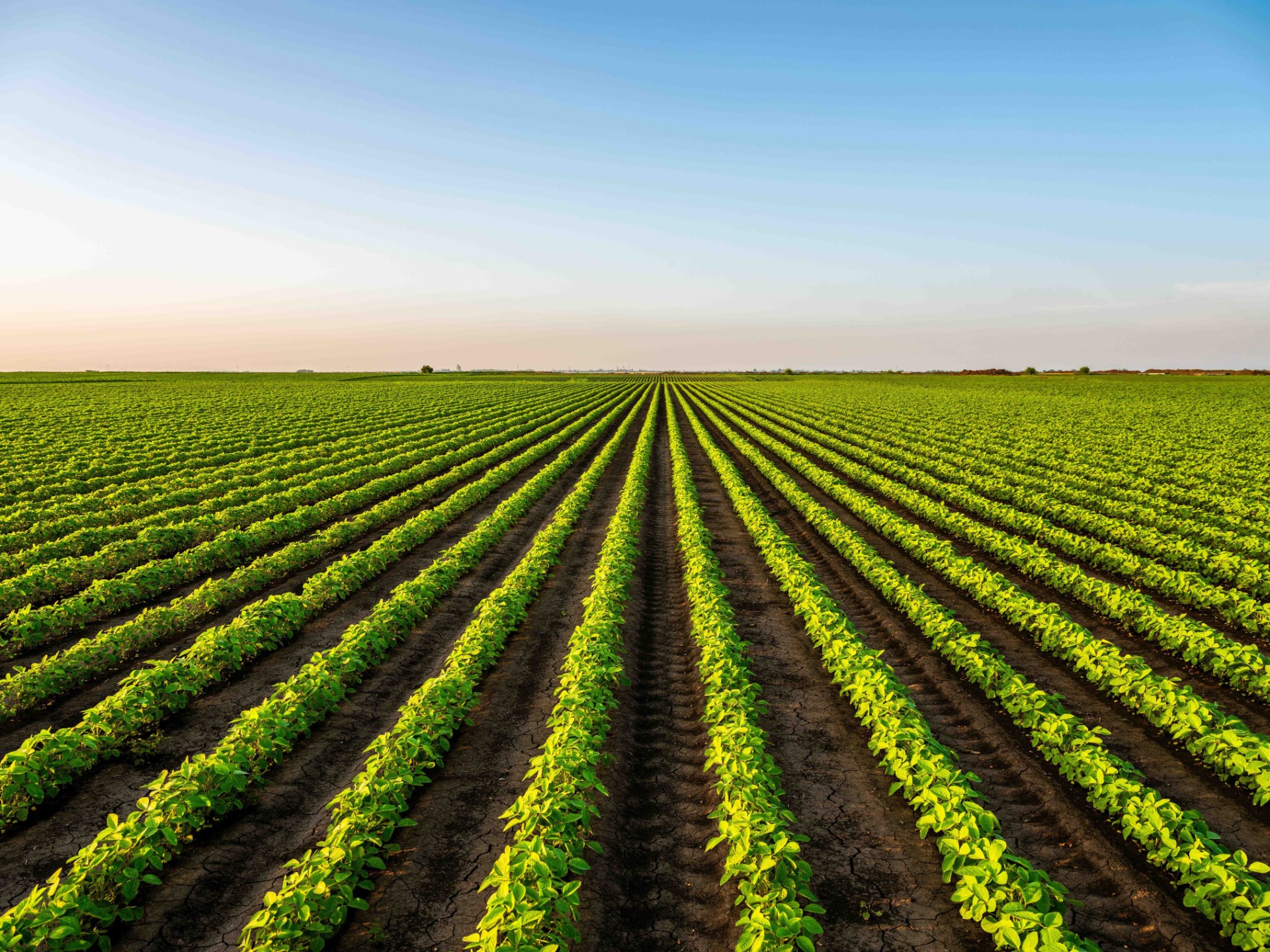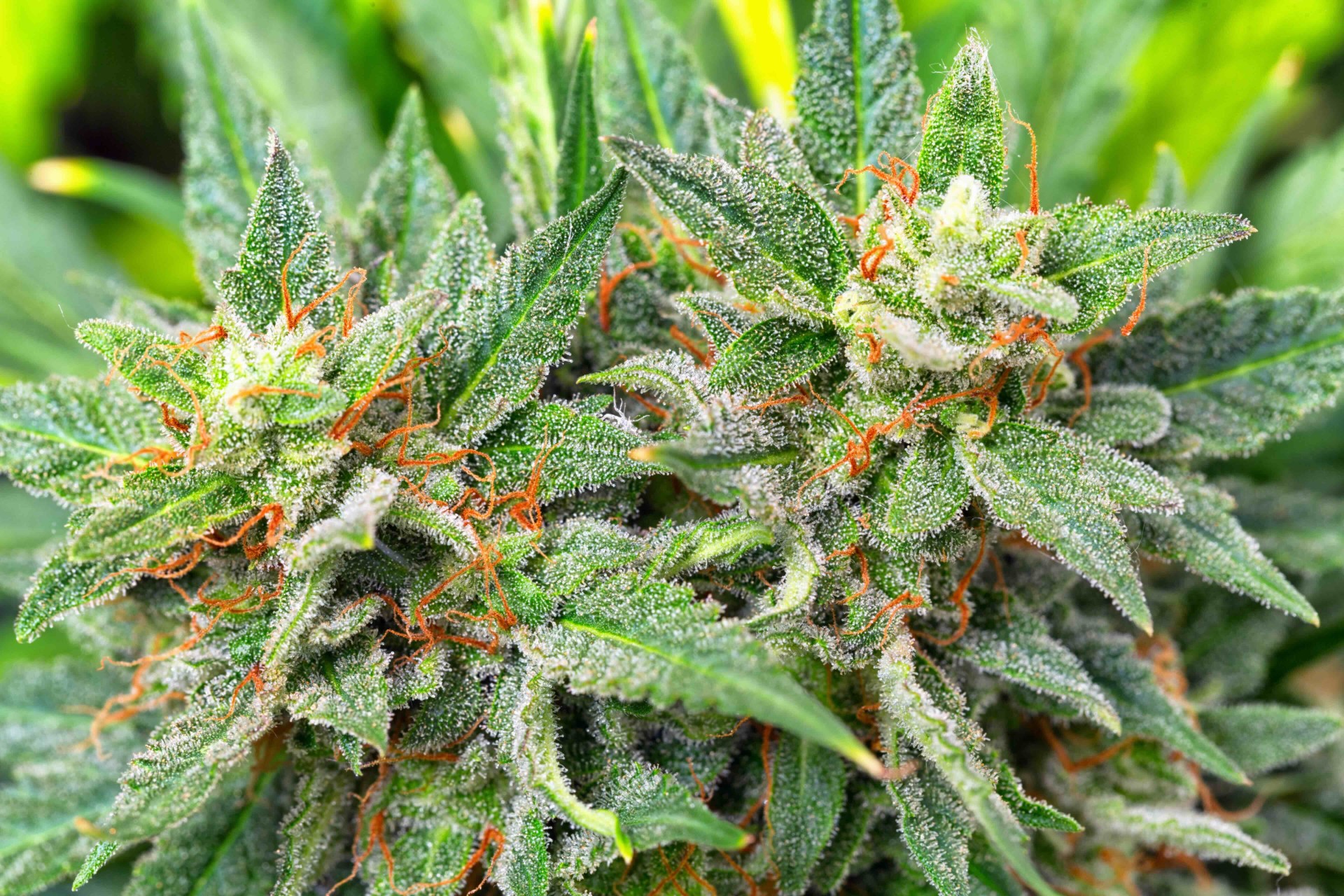
Farming Trends to Watch in 2025
The global agriculture sector is undergoing significant transformation, driven by advances in technology, climate concerns, and shifting consumer demands. In 2025, farming is smarter, more sustainable, and increasingly adaptive to the challenges of feeding a growing population. Here are the top farming trends reshaping the agricultural landscape this year.
Precision Agriculture Goes Mainstream
Precision agriculture, or the use of technology to optimize crop yields and resource use, has become a cornerstone of modern farming. Farmers are leveraging tools like GPS-guided tractors, drone surveillance, and IoT-enabled sensors to monitor soil conditions, water levels, and plant health in real time. This data-driven approach reduces waste, enhances efficiency, and maximizes productivity. AI-powered platforms are also helping farmers make informed decisions about planting, irrigation, and harvesting. By analyzing weather patterns, pest activity, and soil data, these systems offer tailored recommendations, making agriculture more predictive than reactive.
Regenerative Agriculture Takes Center Stage
Regenerative agriculture is gaining widespread adoption as farmers prioritize practices that restore soil health, increase biodiversity, and sequester carbon. Techniques such as cover cropping, no-till farming, and agroforestry are becoming standard practices. Governments and organizations are incentivizing regenerative methods through subsidies and certification programs, aligning with global efforts to combat climate change. Consumers are also playing a role, favoring products labeled as "regeneratively farmed" and pushing brands to source ingredients responsibly.
Vertical and Indoor Farming Expansion
Urbanization and the need for year-round food production are fueling the rise of vertical and indoor farming. These systems use hydroponics, aeroponics, and LED lighting to grow crops in controlled environments, often requiring less water and land than traditional farming. In 2025, vertical farms are moving beyond leafy greens to include a wider variety of crops such as strawberries, peppers, and even grains. Advances in automation and robotics are reducing operational costs, making these systems more accessible to farmers and investors.
Climate-Resilient Crops and Techniques
As climate change continues to impact agriculture, farmers are adopting resilient crops and methods to withstand extreme weather conditions. Drought-resistant and salt-tolerant crop varieties are becoming essential, especially in regions prone to water scarcity. Techniques like intercropping and permaculture are gaining traction for their ability to create ecosystems that are more resistant to climate variability. Farmers are also embracing smart irrigation systems that adapt to changing conditions, ensuring efficient water use.
Farm-to-Fork Transparency
Consumers are increasingly demanding transparency in the food supply chain, pushing farmers to adopt traceability technologies. Blockchain and QR codes are enabling shoppers to track products from farm to fork, offering insights into the origins, cultivation methods, and sustainability practices behind their food. This trend is fostering stronger relationships between farmers, retailers, and consumers, encouraging trust and accountability in the agricultural sector.
Agri-Tech Startups and Innovations
The agri-tech sector is thriving, with startups introducing innovative solutions to age-old farming challenges. From AI-driven crop management tools to robotic harvesters, these technologies are helping farmers increase efficiency and reduce labor costs. Biotechnology is also advancing, with breakthroughs in gene editing (such as CRISPR) enabling the development of crops with enhanced nutritional profiles, pest resistance, and shorter growth cycles.
Carbon Farming Incentives
Carbon farming, the practice of capturing and storing carbon in the soil, is becoming a profitable avenue for farmers. Governments and private companies are offering incentives for practices like cover cropping and reduced tillage that increase carbon sequestration. In 2025, carbon credits are emerging as a valuable commodity, allowing farmers to monetize their contributions to climate mitigation.
Livestock Farming Innovations
The livestock sector is also seeing significant advancements. Precision livestock farming (PLF) uses technology like wearable devices and sensors to monitor animal health and behavior, improving welfare and productivity. Automated feeding systems and robotic milkers are reducing labor demands while ensuring consistency. Alternative feeds, including algae and insect-based proteins, are gaining popularity for their sustainability and nutritional benefits. These innovations align with consumer preferences for ethically raised and environmentally friendly meat and dairy products.
Digital Marketplaces and E-Commerce for Farmers
Digital platforms are revolutionizing the way farmers sell their products. Online marketplaces connect farmers directly with consumers, bypassing intermediaries and increasing profits. These platforms also provide access to global markets, enabling small-scale farmers to reach a broader audience. Subscription models, where consumers receive regular deliveries of fresh produce, are also growing in popularity, fostering closer connections between farmers and their communities.
Biodiversity and Pollinator-Friendly Practices
Recognizing the importance of biodiversity, farmers are adopting practices that support pollinators and other beneficial organisms. Wildflower strips, hedgerows, and buffer zones are being integrated into farmland to provide habitats for bees, butterflies, and birds. These efforts not only boost crop yields through improved pollination but also contribute to ecosystem health, aligning with broader sustainability goals.
Conclusion
Farming in 2025 is a blend of tradition and innovation, with a focus on sustainability, technology, and resilience. As the industry continues to evolve, farmers are finding new ways to adapt to challenges and seize opportunities, ensuring a future where agriculture thrives in harmony with the planet. These trends highlight the dynamic nature of modern farming and its critical role in feeding the world sustainably.





